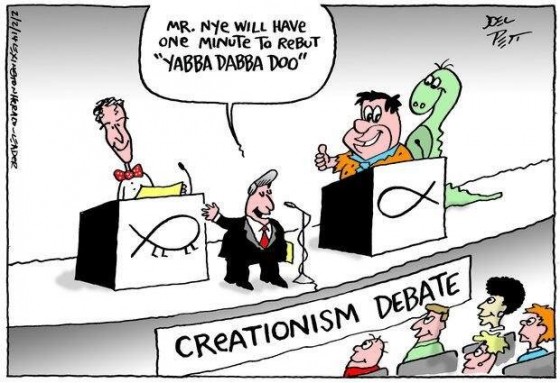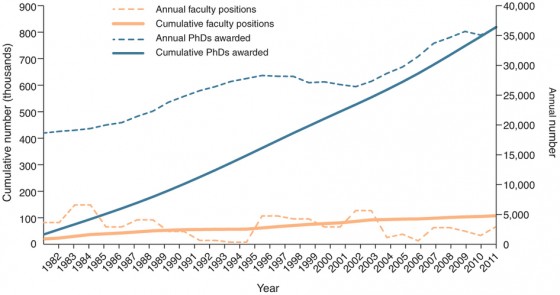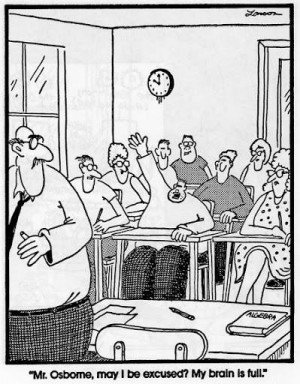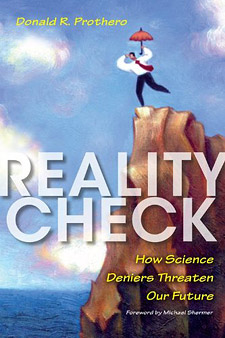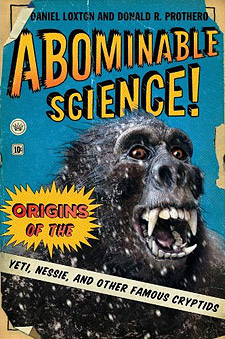Dancing into an uncertain future
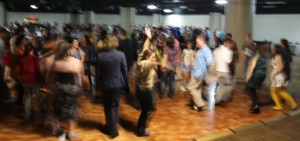
Eager young VP students dance through the night at the after-meeting party. (Photo by R. Hunt-Foster).
Last November, the 73rd annual meeting of the Society of Vertebrate Paleontology (SVP) was held here in Los Angeles. SVP is my professional society, since my primary training and research is fossil vertebrates (especially fossil mammals like rhinos, peccaries, camels, horses, and others). My first SVP was the 1977 meeting, the last time it was held here in Los Angeles, when I was just a beginning graduate student. Since then, I’ve been to every meeting of SVP, a streak of 36 years in a row. It’s my lifeline, and I wouldn’t consider missing it for anything. Once a year I get to see all my closest professional friends and colleagues, people I spent months in the field with, former officemates from grad school, and find out the latest news about people I’ve known for 30 years or more. I also present my own research (I always do at least one presentation, and sometimes my name is on several more by my students), and I usually get to see my former students as they grow and thrive in their own careers. For five years (1999-2004), I was the Program Chair, running the entire meeting and producing (editing, typesetting, etc.) the abstract volume with over 600 individual abstracts. At that point, I couldn’t miss the meeting for anything, including my brother’s wedding (I told him in advance NOT to schedule it to conflict with SVP). Most importantly, I go each year to get some positive feedback and affirmation that my 40 years of research and scholarship is valued and means something to people who appreciate it. This is essential when you spend the other 51 weeks of the year in a hostile department where they don’t appreciate you and try to tear you down at every opportunity.

